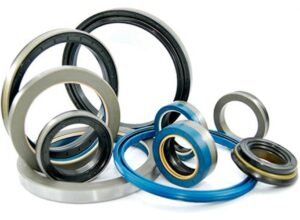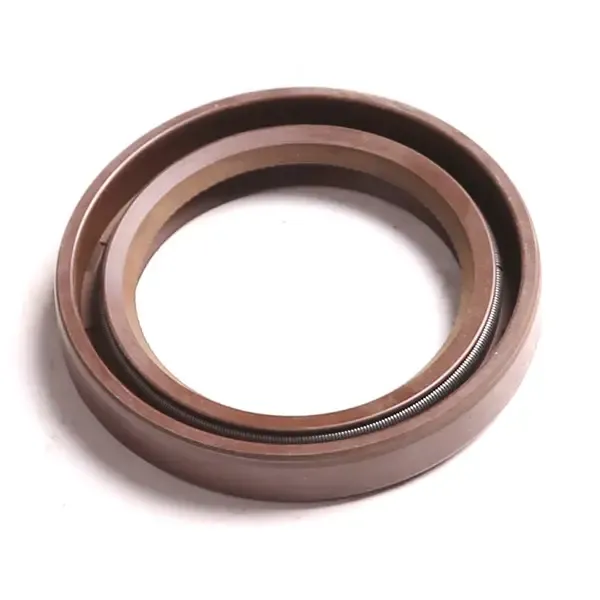1. The structure of the oil seal is simple and easy to manufacture. Simple oil seals can be molded once. Even the most complex oil seals are not complicated to manufacture. Metal frame oil seals can also be composed of metal and rubber required oil seals only by stamping, bonding, inlaying, molding and other processes.



